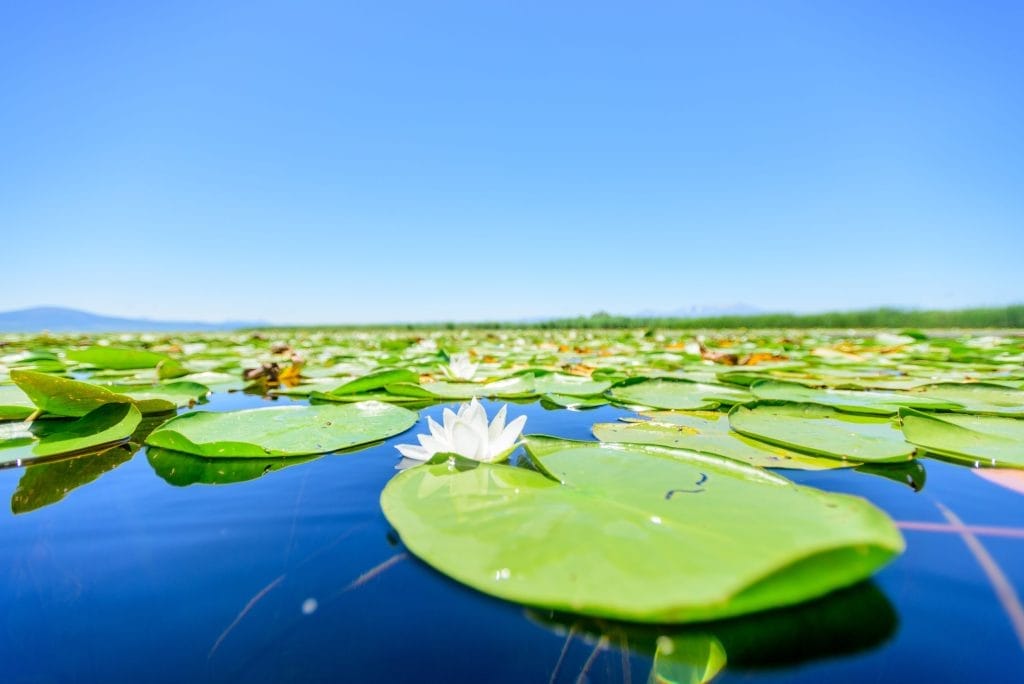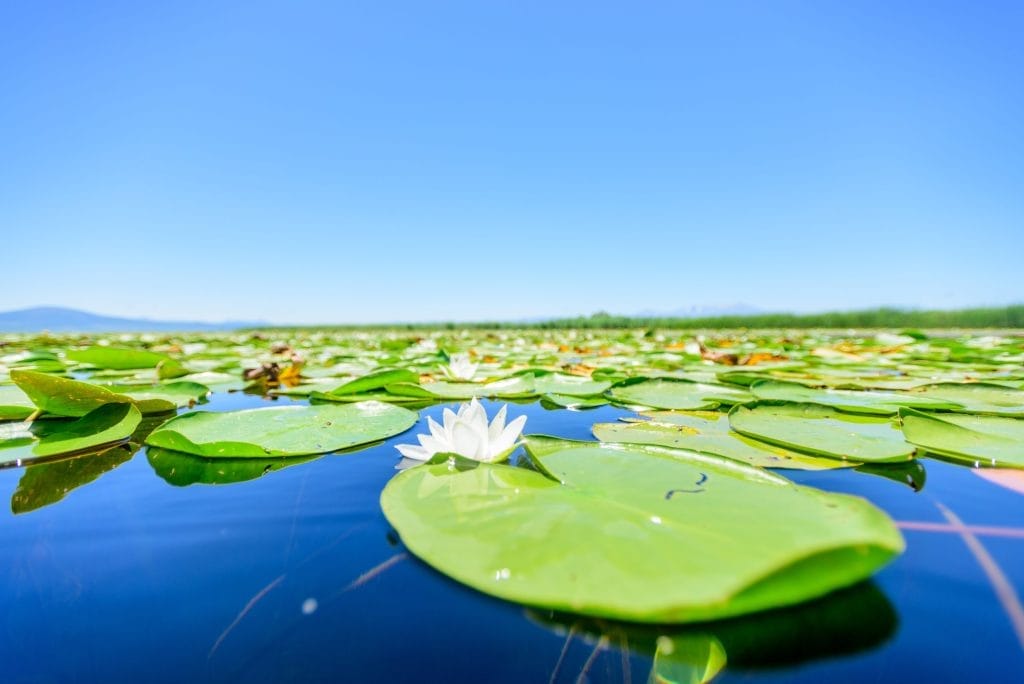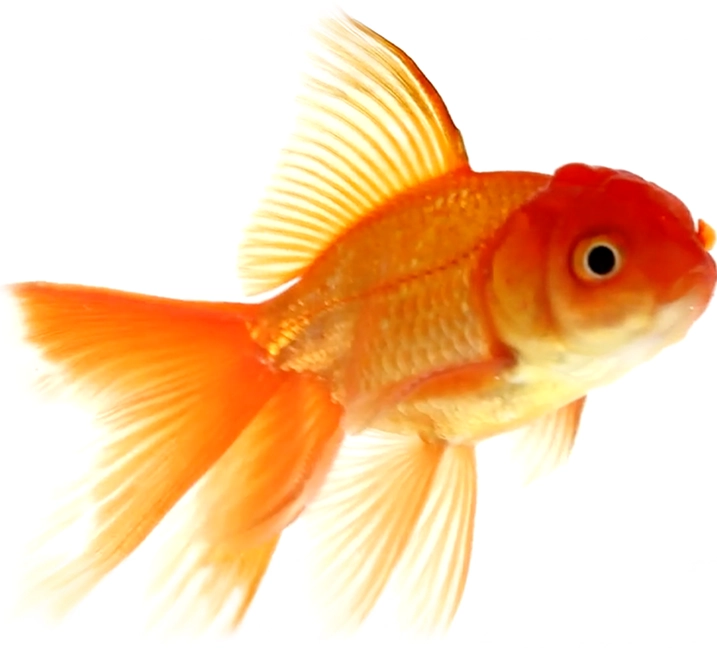POND AS AN ECOSYSTEM / A CASE STUDY




POND AS AN ECOSYSTEM / A CASE STUDY
Ponds are fascinating ecosystems that play a crucial role in nature. They consist of various living and nonliving elements that interact to support diverse forms of life.
Understanding these components helps explain how ponds function and sustain their inhabitants.
The living parts of a pond include plants, algae, and various animal species, all of which are vital for energy flow within the ecosystem.
Nonliving components like water temperature, pH, and dissolved oxygen also significantly influence the health of the pond.
Together, these factors create a balance that allows life to thrive in this unique environment.
Key Takeaways
- Ponds include both living and nonliving factors that form a balanced ecosystem.
- Producers like plants and algae play a key role in creating food through photosynthesis.
- Consumers and decomposers are essential for maintaining the flow of nutrients and energy.
The Pond Ecosystem
Elements of the Pond Ecosystem
A pond consists of two main types of components: living and non-living.
The non-living parts include the water at the bottom and any inorganic matter. The living components consist of various plants and animals that inhabit the pond.
Each of these elements plays a crucial role in the ecosystem's balance.
Living and Non-Living Factors
In the pond, the living elements are called biotic factors, while the non-living elements are known as abiotic factors.
Key abiotic factors include:
- Water: The main component of the pond.
- Temperature: This affects the organisms living there.
- pH Level: Determines the acidity of the water.
- Salinity: The amount of salt in the water.
- Dissolved Oxygen: Essential for aquatic life.
These factors work together to create a suitable environment for living organisms.
Connections Within the Ecosystem
The pond ecosystem shows a strong relationship among its various parts.
Producers, like phytoplankton and submerged plants, create food through photosynthesis. This food supports primary consumers, such as small fish and insects, which in turn are eaten by secondary consumers like snakes.
Decomposers, including bacteria and fungi, break down dead plants and animals, returning nutrients to the environment.
All these components depend on one another, and their interactions create a balanced ecosystem within the pond.
Nonliving Components of the Pond
Abiotic Factors
The pond consists of various nonliving elements that play a crucial role in its ecosystem. These elements include water, temperature, pH levels, and salinity.
These abiotic factors are essential for sustaining life within the pond and influence the living organisms that inhabit it.
Water Characteristics
Water is the most significant component of the pond. It acts as a habitat for numerous organisms and is vital for photosynthesis.
The temperature, pH, and oxygen levels in the water greatly affect the health of the ecosystem, determining which species can thrive.
Inorganic and Organic Matters
The pond contains both inorganic and organic materials.
Inorganic matter includes minerals and salts dissolved in the water, while organic matter consists of decomposed plants and animals.
Together, these components contribute to the nutrient cycle and provide essential elements needed for the survival of organisms in the pond.
Living Components of the Pond
Producers in the Ecosystem
In the pond, green plants play a vital role as producers. They include floating plants at the surface and submerged plants that grow both in and out of the water.
These plants, along with algae, create food through photosynthesis by capturing solar energy.
Key types of producers found in the pond are:
- Phytoplankton
- Green algae
- Blue-green algae
- Fruiting plants
- Various submerged plants
These producers form the base of the food web, providing nourishment for other organisms in the ecosystem.
Consumer Classification
Consumers in the pond can be divided into two main categories: primary and secondary consumers.
- Primary Consumers: These organisms, such as small fish, insects, and some types of zooplankton, feed directly on producers.
- Secondary Consumers: They are animals like larger fish and snakes that eat primary consumers.
This hierarchy illustrates how energy and nutrients move through the pond ecosystem.
Decomposers' Role
Decomposers, such as bacteria and fungi, are essential for recycling nutrients in the pond. They break down dead plants and animals, turning them into simpler substances.
This process enriches the soil and water, helping sustain the ecosystem. Decomposers are typically found at the bottom of the pond, where they play a crucial part in maintaining balance in the environment.
Ecological Interactions
Dynamics of the Food Chain
In a pond ecosystem, various organisms form a food chain.
At the base are the producers, which include various plants and algae. These organisms use photosynthesis to create food, making them essential for the pond’s life.
Producers:
- Phytoplankton
- Blue-green algae
- Submerged plants
- Floating plants
These producers support a range of consumers.
Primary consumers, such as small fish and insects, feed on these producers. Secondary consumers, like larger fish and snakes, prey on the primary consumers.
This interdependence shows how energy travels through the ecosystem.
Regulation of Energy Flow
Energy flow in the pond is largely driven by the sun.
Producers convert sunlight into energy, which flows to consumers and eventually to decomposers.
The roles of the organisms can be classified as:
- Producers: Create food through sunlight.
- Consumers: Depend on producers for energy.
- Decomposers: Break down dead plants and animals, returning nutrients to the environment.
The balance of these roles is crucial for maintaining energy levels within the ecosystem.
Cycling of Nutrients
Nutrient cycling occurs as organisms live and die in the pond.
When producers and consumers die, decomposers like bacteria and fungi break them down. This process releases nutrients back into the water.
Key elements involved in nutrient cycling:
- Water
- pH levels
- Dissolved oxygen
Interaction of Components
The biotic and abiotic factors in a pond are interconnected. For example, producers rely on water quality, light, and nutrients to thrive.
In turn, consumers depend on producers for food. After they die, decomposers, such as bacteria and fungi, recycle their bodies, making nutrients available again.
The relationship between these components ensures the flow of energy and nutrients within the pond. This creates a balanced ecosystem, highlighting the importance of each element in maintaining the overall health of the pond environment.

Frequently Asked Questions
MY POND IS OVERGROWN.
MY POND IS LEAKING – WHAT CAN I DO?
WHY IS MY POND WATER GREEN?
Do I need to have my pumps running all the time?
Why Choose Us
Experience With years of experience in pond maintenance and cleaning, our team has the expertise to handle ponds of all sizes and complexities. We are dedicated to delivering high-quality services tailored to meet the unique needs of each customer.
Professionalism Our team consists of trained professionals who are passionate about pond care. We take pride in our work and strive to exceed our customers’ expectations with every service we provide.
Customized Solutions We understand that every pond is different, and we tailor our services to suit the specific requirements of each customer. Whether you have a small backyard pond or a larger water feature, we have the knowledge and resources to keep it in pristine condition.
Environmentally Friendly Practices We are committed to using eco-friendly products and methods in our pond cleaning services. Our goal is to promote sustainability and preserve the natural balance of your pond ecosystem.
Customer Satisfaction Your satisfaction is our top priority. We work closely with our customers to ensure that their pond maintenance needs are met with professionalism and care. We take the time to listen to your concerns and provide personalized recommendations to help you achieve the pond of your dreams.
Ready to schedule a pond cleaning service with us?
Contact Aqua Pond today to learn more about our services and to book an appointment.
Let us help you create a clean, healthy, and vibrant pond that you can enjoy for years. Thank you for considering Aqua Pond for your pond maintenance needs.
What our Customers Say...
